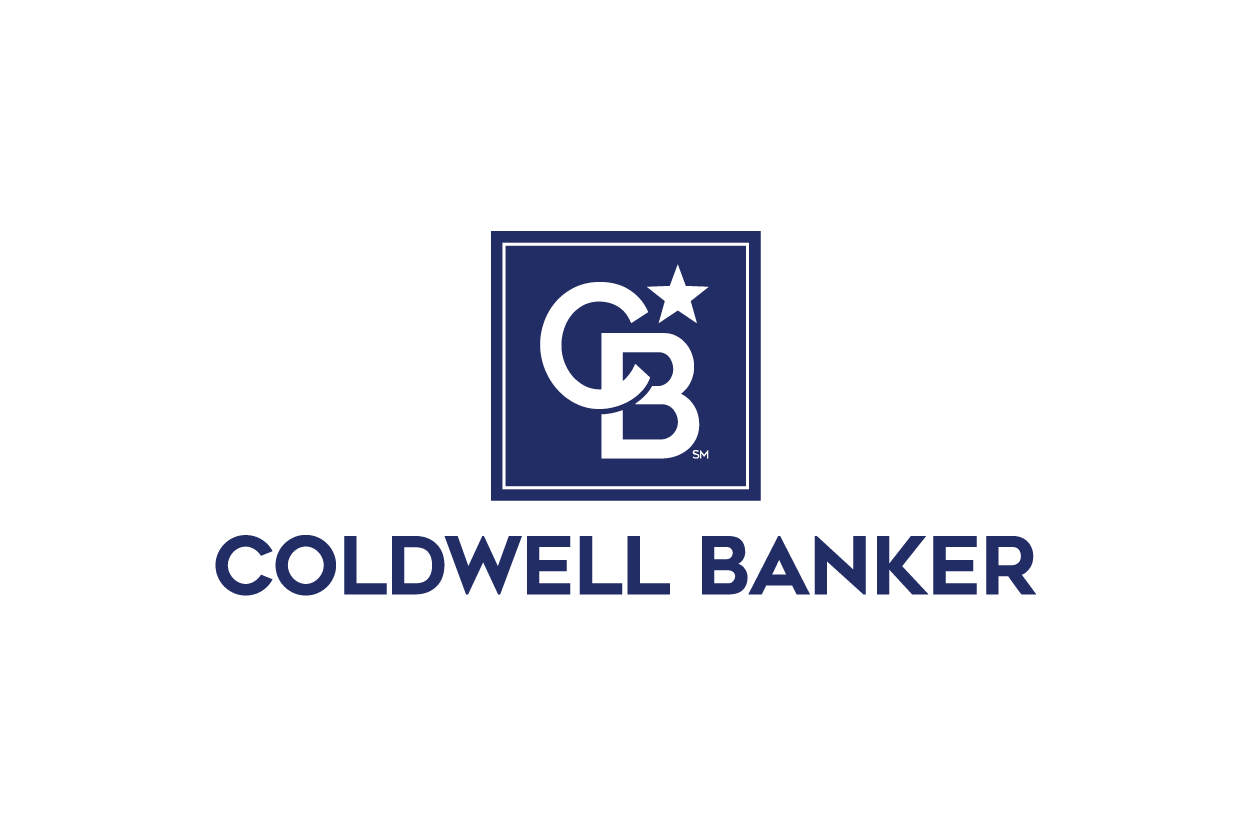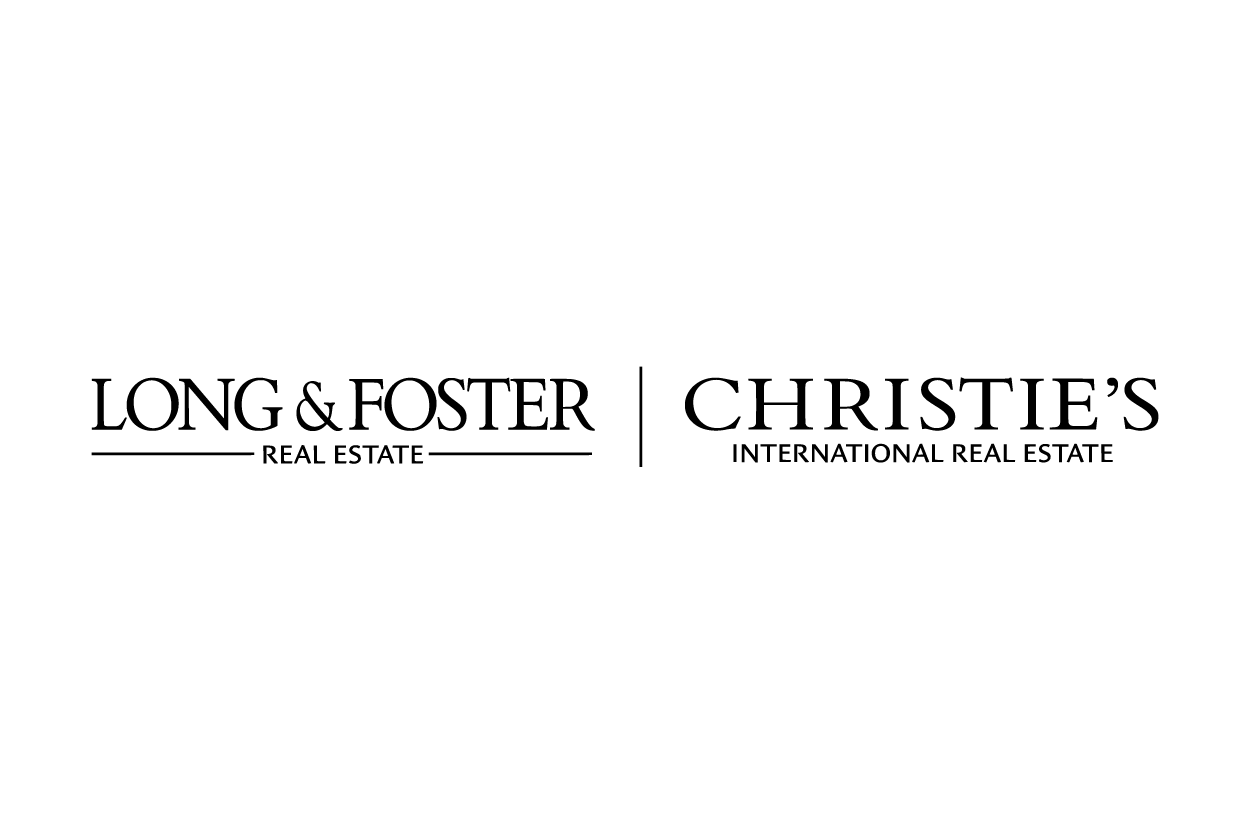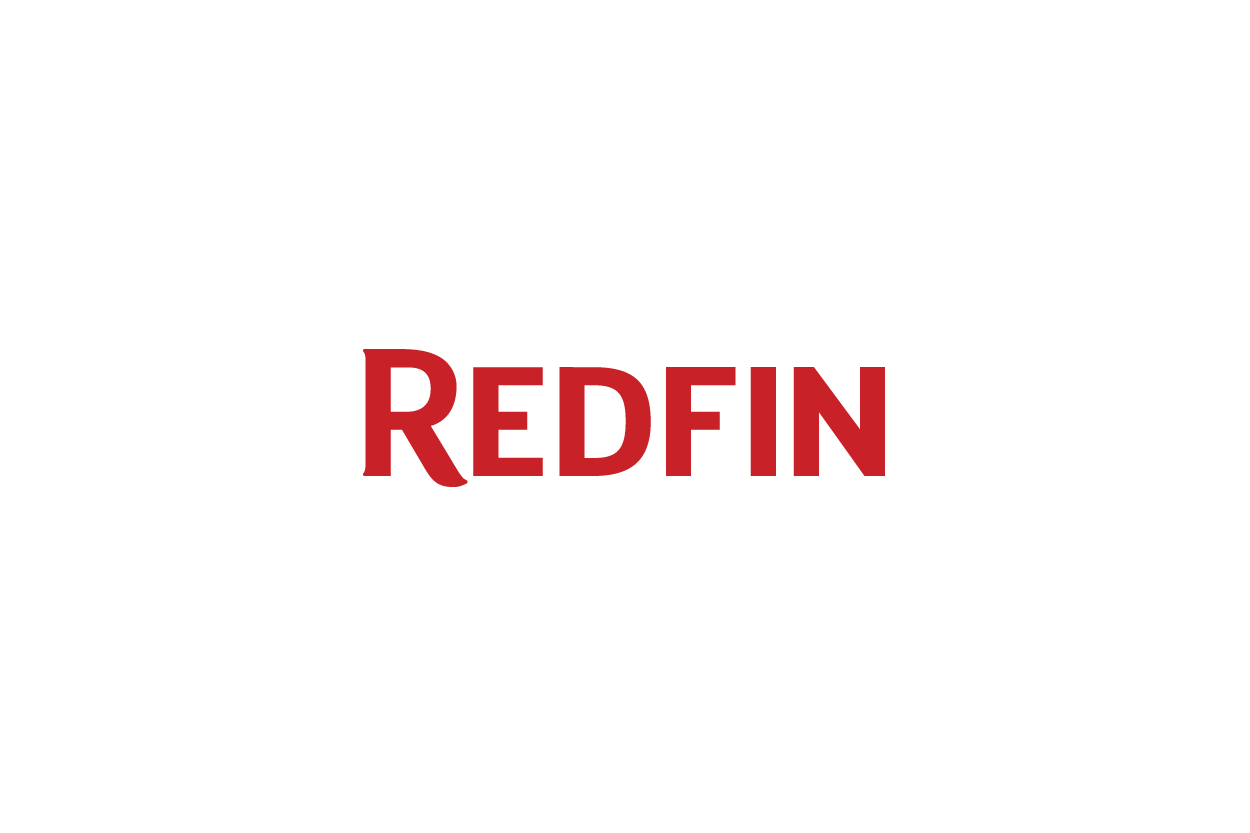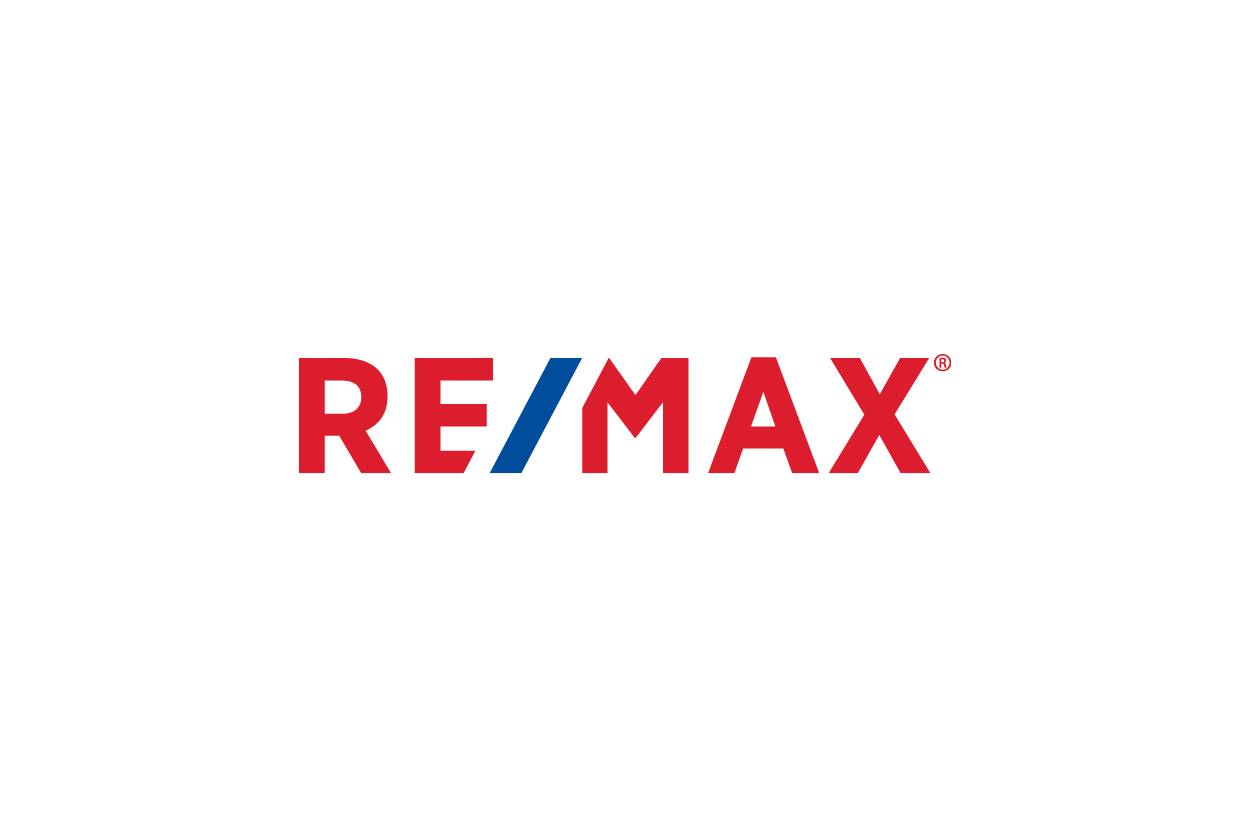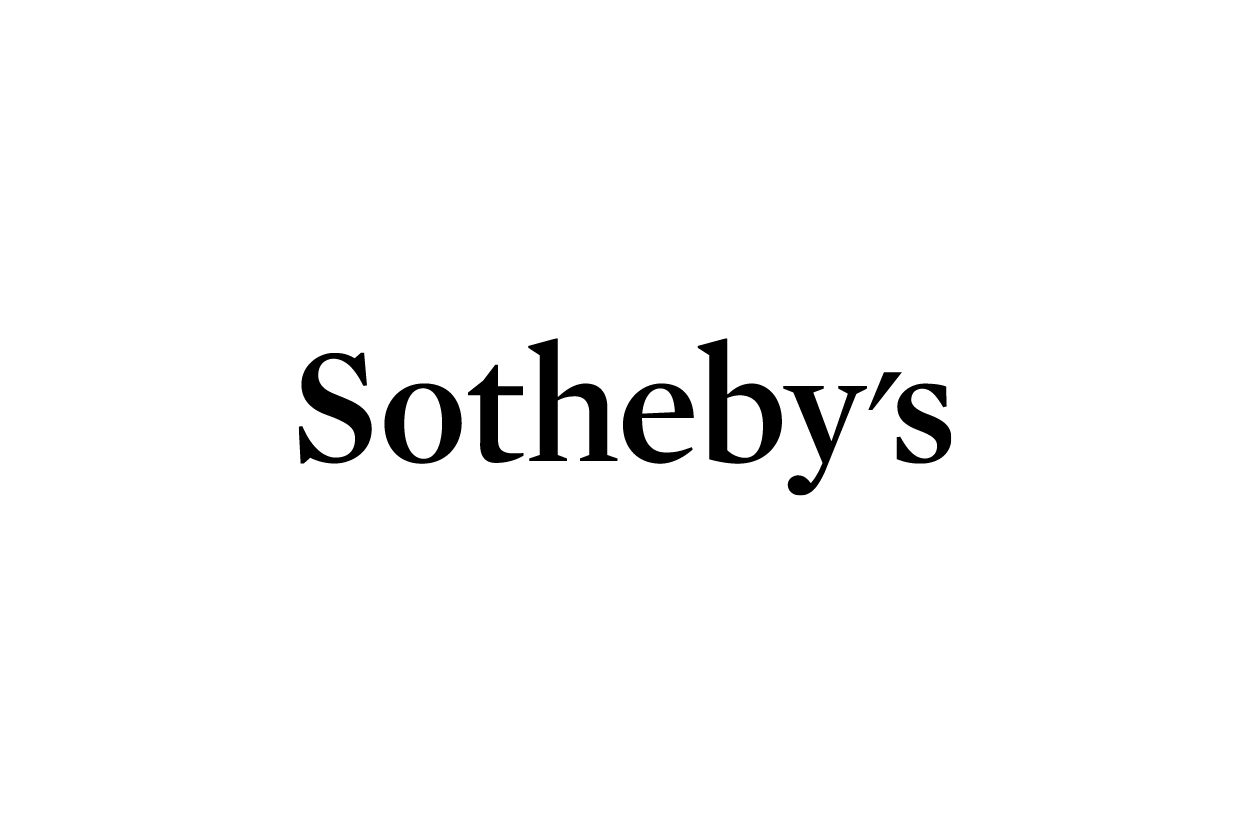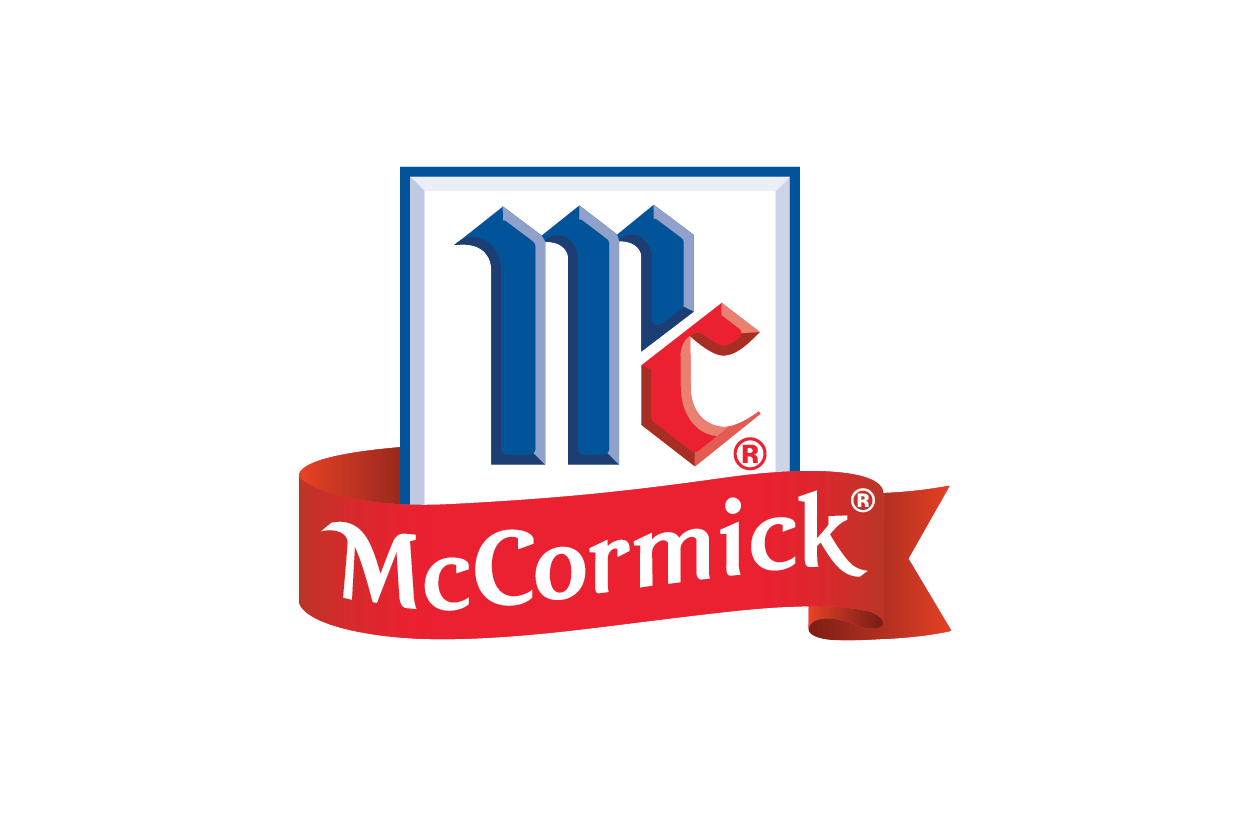Meet Victor Coll, a seasoned expert in the art of in-bound content marketing. With a proven track record in crafting winning content strategies, Victor excels in attracting and engaging audiences organically. His proficiency extends to optimizing content for maximum impact, resulting in increased brand visibility and audience retention. Victor's dedication to the art of in-bound content marketing has helped businesses achieve remarkable growth. Join him as he shares invaluable insights and strategies to empower your content marketing efforts and drive meaningful connections with your target audience.
FIRST TIME CUSTOMERS GET 20% OFF ANY PHOTO SHOOT INCLUDING MATTERPORT 3D TOURS

Annapolis 20% off Discount City Page
We will get back to you as soon as possible.
Please try again later.
Brand identity is more than a moniker. It is larger in scope than a logo. It encapsulates the overall perception people have of you and your company. Your brand has the ability to establish trust and loyalty among your customers. It allows you to build credibility as an agent. And it sets you apart from your competition. Through it you resonate with your customer base and answer the question, “Why choose me?”
When you establish a brand identity , you set the tone for how your business operates – the who, what, where, how, and why of the services you offer. You showcase a sense of who you are and what you represent. Your brand delivers your message consistently and cohesively across every marketing strategy you employ.
Moreover, your brand identity goes beyond delivering facts about your business. It evokes specific feelings for your audience, essentially building a group of loyal followers that understand who you are and what you represent in their lives.
When considering your brand identity, think about your entire marketing toolbox. Everything. Your logo, website , social media presence, print products – even the manner in which you and your team interact with customers. And think about these four ideas when building your brand.
- Develop your brand kit
In order for your brand identity to be effective – to remain clear, concise, and consistent across all of your marketing measures, across the entirety of your business profile – you will need a targeted approach. A brand kit is a resource, a toolbox, that contains all of the elements or “rules” that intentionally convey your image.
Your brand kit includes all of the visual elements of your brand. Items such as your logo, type of font used, color palette, and branded images. It also holds instructions for the application of those tools. What might you include in your kit?
- Your logo in all file types
- Your company/business colors
- Your company/business fonts
- Your marketing templates for print, video , social media posts, etc.
- Your marketing resources (business card, headshots, print materials )
- Your mission statement, messaging style, and voice
Working alongside your brand kit are your brand guidelines . Where your brand kit focuses on the visual components of your brand, your brand guidelines (or brand style guides ) concern the way you want to communicate your brand as a whole. Your guidelines go beyond visual elements to encompass written and spoken interactions as well. These can include both remote and in-person engagements.
Together, your brand kit and guidelines provide the framework for how to represent your preferred business style.
- Partner with professional service providers
There is no great advantage in portraying an unprofessional persona through your brand identity. Everyone does not need to have a slick and polished Park Avenue presentation. A relaxed “we put family first” demeanor is perfectly acceptable if that is your style. What you do need is a professional approach, because every image and every message you send will and should communicate your brand.
It is also perfectly acceptable (depending, of course, on the market you serve) to develop your own skills for your listing photography . But unless your skills are up to par with the pros, it is also not a bad idea to leave that to a professional photography service . If you can use the same photographer for all of your marketing needs, you will create consistency across your brand.
The same goes for other marketing strategies. Print advertisements contain several elements of your brand – everything from your logo and image to your writing style. They should also have a consistent look and feel from your print service. And whether you are sending out a batch of postcards to a neighborhood, posting a flyer at a local venue, or placing a stack of brochures at an open house, each print product should show consistency.
The same goes for your real estate videos and 3D virtual tours . The more consistency you can attain by using the same vendors, the more consistently you will convey your brand identity.
- Maintain a presence on social media
With your brand kit in place and your brand philosophy detailed out in your guidelines, you can take your messages and images to your social media channels. Some platforms may yield more fruit than others in your area and with your audience. Find the ones that work for you.
And then be consistent. Not just with the look and feel of your brand, but with your time. Keep your Facebook, Twitter, Instagram, and other accounts up to date. Showcase newly listed properties or homes that just sold. Post event updates. Take a tour – or post a virtual tour – of a local attraction. Use video liberally. Teach a class. Hold a Q&A session. Be creative and available.
Ideas for social media posts?
- Showcase a “listing of the week”
- Post an open house announcement
- Offer a home seller’s checklist or buyer’s guide
- Send out a viral video or a link to a Matterport digital twin
- Give market updates
- Highlight a restaurant grand opening
- Present a local market guide of “things to do”
- Write a blog
- Feature client testimonials
- Prepare a pre-listing package
You probably understand that your business is far less about selling properties than it is about selling yourself. One of the ways you do that – often the first way – is with your brand identity. And one of the ways you forward your brand to prospective clients is through a pre-listing package.
A pre-listing package is an aid that you deliver to your client before making a listing presentation. It gives a seller time to digest information about you and the services you offer before spending time with you in person to discuss the details of their listing. The pre-listing package contains a wealth of information related to the sale of a property.
For instance, in your pre-listing package you would include your bio, your story to help your clients get to know you as a person and a professional. This might include your education, specialty, sales performance data, and personal information (hobbies, family, etc.)
Another ingredient of the pre-listing package might be a series of client testimonials that can speak to your experience – and theirs.
You would also insert your marketing plan, what you do to get homes sold quickly and for the highest price possible. Do you actively make outbound phone calls to hunt for buyers? Hold strategic in-person or virtual open houses? Stage the kitchen and other rooms for professional photography? What can a seller expect from you when they list their home with your business?
Other items in the pre-listing package include examples of past homes you have sold, a list of vendors and partners you work with, a checklist for preparing a home for sale, an overview of the home selling process, local marketing data, and a pre-filled listing agreement.
One thing to note is that the contents of your brand kit, your choice of professional marketing strategies, your time spent developing resources for social media, or your use of a pre-listing package, while all effective and informational, should never be at the expense of relationships . Of time spent prospecting, answering or returning calls, following up on emails, and other relationship building activities. Those are hallmarks of a positive brand identity.


Blog Right-Side Contact Form
We will get back to you as soon as possible.
Please try again later.
Real Estate Photography Blog Categories

Annapolis 20% off Discount City Page
We will get back to you as soon as possible.
Please try again later.

Annapolis 20% off Discount City Page
We will get back to you as soon as possible.
Please try again later.
All Rights Reserved | ©2024 Hometrack Real Estate Marketing | Powered By Victor Ivan Coll and Juno Digital Media




